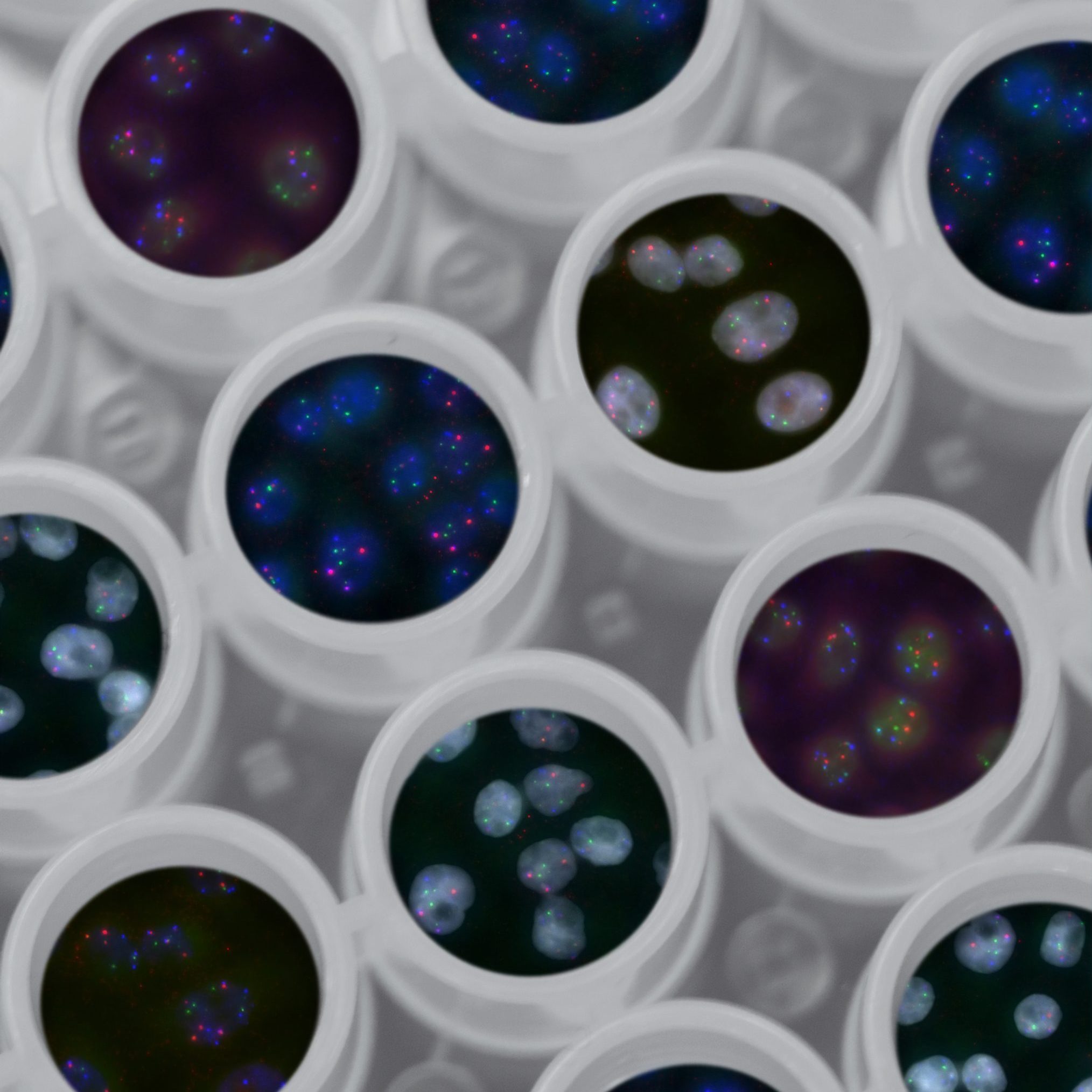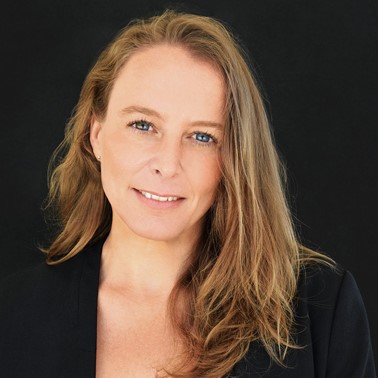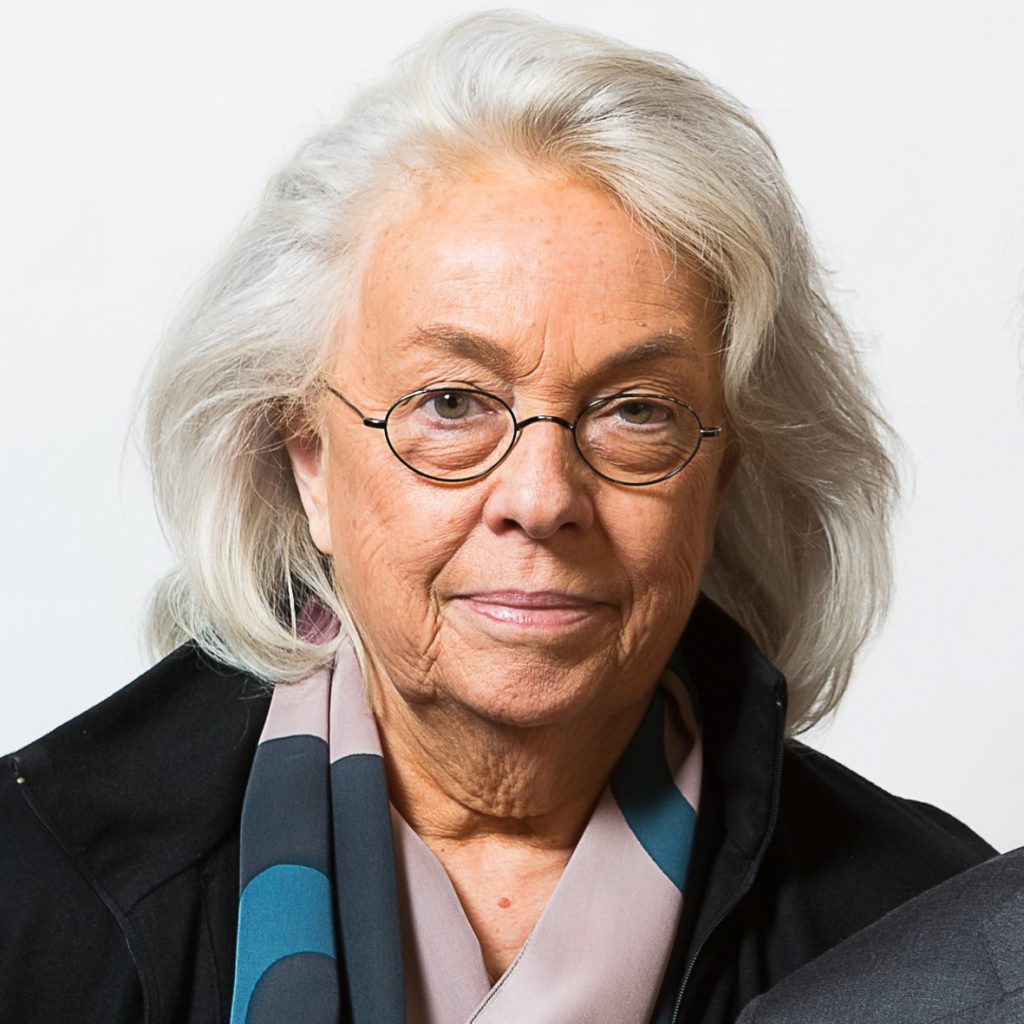
AI-generated summary
Scientific and technological progress drives societal advancement, with neuroscience playing a pivotal role by deepening our understanding of the brain and nervous system. This knowledge opens avenues for improving learning and enhancing the quality of life for individuals with neurological conditions. Today, multidisciplinary teams comprising scientists, educators, entrepreneurs, and technologists work collaboratively to translate neuroscience into tangible benefits. On International Women’s Day, the contributions of three distinguished women—Ana Maiques, María López, and Hanna Damásio—highlight the importance of diverse perspectives in driving innovation.
Ana Maiques, CEO of Neuroelectrics, develops personalized brain stimulation technologies to treat neurological and psychiatric disorders, emphasizing creativity and diverse viewpoints as essential for solving complex problems. Similarly, María López of Bitbrain integrates neuroscience, AI, and hardware to create practical neurotechnology products, advocating that team diversity fosters scientific breakthroughs. Neurologist Hanna Damásio underscores how inclusion, particularly of women, enriches scientific inquiry by broadening the questions posed and ensuring research addresses the entire population.
Together, these women exemplify how cooperation across science, technology, and entrepreneurship can harness neuroscience to tackle global challenges. Their shared aspirations—to develop effective therapies, advance neuroimaging methods, and promote accessible neurotechnology—reflect a unified vision of improving lives through innovation. Emerging talents like Marta Cimadevila continue this legacy, promising a future where neuroscience profoundly enhances human well-being.
On International Women's Day, we take a look at the work of three experts in neuroscience who approach the discipline from different angles.
Scientific and technological advances make the world move forward. Neurosciences are part of this. It is a discipline that is set to bring about profound changes in our lives. A better understanding of how the brain and nervous system work opens the door to very meaningful questions about how to learn better or improve the quality of life of sick people.
Today, different expert profiles—scientific, educational, business or technological—are working to ensure that neuroscience can be translated into concrete benefits for people. On International Women’s Day, we will meet three brilliant women who dedicate their careers to achieving this goal from different approaches.
A matter of perspective
“The challenges faced by humanity, such as climate change or health, require new solutions.” So says Ana Maiques, economist, researcher and entrepreneur. Ana is CEO of Neuroelectrics, a company that develops cutting-edge brain stimulation technology to treat neurological and psychiatric problems. Currently, the company is working on the development of a platform to treat brain dysfunctions with personalized and cloud-based neuromodulation.

Her work is a good example of the new solutions that, she claims, are necessary to face great challenges. Achieving them requires coming up with new ideas. And these are more likely to surface if we use diverse ways of thinking.
“To solve complex problems, creativity is necessary, as well as having different points of view,” says Ana Maiques. Two requirements that are easier to achieve if diverse people work on the same objective. María López, also CEO of a company dedicated to neurotechnology, Bitbrain, agrees with that statement. “Scientific progress requires people who are capable of seeing problems from different perspectives—to then tackle the problems from different angles,” she says.

Maria Lopez’s company combines neuroscience, artificial intelligence and hardware to develop innovative products. Their core mission is to support research, technology and health professionals to apply neuroscience in a practical and reliable way.
In this context, Maria Lopez does not hesitate to state that “the more diverse a team is, the more likely it is that a scientific breakthrough will occur. Moreover, diversity and acceptance of the opinions of others enable us to be much better at understanding and solving all kinds of problems, not just scientific ones.
Asking the right questions
Adding diverse perspectives is clearly good for innovation. The question is why. What exactly does diversity bring to the table to achieve success?
The key is that a more diverse environment, one that welcomes people with different characteristics, can ask more appropriate questions. This is a logical consequence of broadening the perspective from which problems are approached. It is also essential if we want science to provide adequate answers and to address the whole population, not just part of it.

This is how Hanna Damásio, a neurologist and pioneer in the use of imaging methods for the study of brain lesions and professor at the University of Southern California, sums up this reality. The expert takes as an example the presence of women in science. “Half of the population is male and the other half is female. It would be very strange not to have women in science. Especially because that would rob science from the unique human perspective that women bring to work in general and to a laboratory in particular,” she reflects.
The value of cooperation
The dedication to neuroscience of women like Ana Maiques, María López and Hanna Damásio shows the value of cooperation between different professional profiles. It is precisely this union between science, technology and entrepreneurship that can put neuroscience at the service of great challenges.
To really illustrate the value of having women like them in laboratories and technological development companies, the best thing to do is to ask them what they hope to achieve with the work they do. In other words, what they aspire to achieve with their initiatives.
Ana Maiques acknowledges that her greatest dream is to one day be able to say that her company has brought neuroscience to patients. “That we have used the most sophisticated knowledge of the brain to create new therapies that help patients suffering from neurological diseases”. In other words: Ana works every day to develop solutions that help thousands of people cope with their health problems.
And it is precisely in improving the knowledge of the brain that Ana Maiques wants to use to achieve her goals that Hanna Damásio works every day. “As a neuroscientist, I have paid great attention to the value of anatomy and insisted on the need to know the neuroanatomical details in order to discover how nervous systems work and how to interpret the images generated from new and amazing technologies,” she explains.
Therefore, Hanna Damásio would like to be remembered for “having developed a neuroimaging method to analyze the anatomy of the brain that opens the doors to new research possibilities in the area of neuropsychology”.
Then, Maria Lopez states that she would love to achieve the main goal for which her company, Bitbrain, was founded: to accelerate the mass adoption of neurotechnology in society. “We have focused on developing extremely high-quality wearable equipment that can be used by anyone, anywhere, without sacrificing reliability. This opens the door for researchers around the world to do science outside the lab and for other companies to develop applications on our technology,” she explains.
It is certainly joyful that brilliant women like Ana, Hanna and María have decided to dedicate their lives to such complementary goals with such transforming power. It is also gratifying that new up-and-coming female talent, like Marta Cimadevila, an Akademia alumni, doctor and researcher in pharmacology at the Neuroscience Department of the Institute of Functional Genomics in Montpellier, are following in their footsteps. Thanks to them and their scientific and technological innovations, people’s lives will be better.
